African Legends and Myths: Tales That Shape a Continent
Africa is a continent teeming with rich cultural diversity and ancient traditions. Among the most profound expressions of African heritage are its legends and myths, which have been passed down through generations, shaping not only the identity of the people but also their worldview, spirituality, and connection to the natural world. These stories serve as vessels of wisdom, moral lessons, and entertainment, encompassing a variety of themes, including creation, heroic deeds, supernatural beings, and tricksters.
While Africa is vast, with more than 50 nations and thousands of ethnic groups, its myths and legends, though regionally specific, share common threads that offer insight into the collective African experience. Through these tales, the line between the natural and the supernatural is blurred, with gods, spirits, and ancestors playing central roles in the everyday lives of people. In this post, we will explore some of the most captivating African legends and myths that have transcended generations, each one contributing to the continent’s cultural and spiritual landscape.
The Role of Myths in African Society
In many African societies, myths serve a greater purpose than mere storytelling. These narratives provide explanations for natural phenomena, the origins of people and their traditions, and serve as moral compasses for community life. Myths are typically passed down orally, meaning that the elders of a community or the griots (traditional storytellers) are tasked with the preservation and transmission of these stories.
African myths often serve as a bridge between the human world and the spiritual world. They offer explanations for the forces of nature, human behavior, and the relationship between the divine and mortal realms. These stories are dynamic, allowing them to evolve with time while still maintaining their foundational themes of creation, morality, and the balance between chaos and order.
Oral Tradition and Its Importance
Unlike cultures that rely on written records, many African societies depend heavily on oral tradition to preserve their history and customs. Through storytelling, communities pass down knowledge of their ancestors, historical events, and spiritual beliefs. Storytellers or griots are highly respected members of the community, revered for their memory, wisdom, and eloquence.
This tradition of oral storytelling ensures that myths and legends remain fluid, with room for adaptation and interpretation. Over time, these stories have evolved, incorporating new elements to reflect the changing realities of African societies. However, their core messages about the nature of the world, humanity’s role in it, and the balance between the physical and spiritual worlds remain unchanged.
Myths as Moral and Educational Tools
Myths in African societies are deeply intertwined with moral lessons and social values. They often feature themes such as justice, bravery, loyalty, and respect for nature. For instance, many African myths focus on the consequences of greed, pride, and dishonesty, while others celebrate the virtues of wisdom, kindness, and resilience.
In this way, myths serve as educational tools for younger generations, teaching them about the customs, values, and laws of their people. By embedding these lessons in captivating stories, African myths ensure that cultural knowledge is passed on in a memorable and engaging way.
Creation Myths: Understanding the Origins of the World
Creation myths are some of the most important stories in African mythology. They offer explanations for how the world came into existence, how human beings were created, and the roles of gods and spirits in shaping the natural order. These stories vary widely across the continent, reflecting the diverse cosmologies of Africa’s many ethnic groups.
The Dogon Creation Myth
The Dogon people of Mali have one of the most intricate and complex creation myths in Africa. According to Dogon mythology, the world was created by a supreme god named Amma. Amma created the stars and planets by scattering seeds across the sky, and he created the Earth by molding it into the shape of a woman. However, the first attempt at creation was flawed, leading to the birth of chaos and disorder.
Amma then created the Nommo, twin ancestral spirits, to restore balance to the universe. The Nommo are associated with water, fertility, and life, and they play a central role in maintaining cosmic order. The Dogon creation myth emphasizes the importance of duality and balance, reflecting the broader African belief in the need to maintain harmony between opposing forces, such as order and chaos, life and death, and good and evil.
The Zulu Creation Myth
The Zulu people of South Africa tell a creation myth centered around a figure known as Unkulunkulu, the first human and the creator of all life. According to Zulu mythology, Unkulunkulu emerged from a reed, symbolizing life and fertility. From this reed, he brought forth the first humans, animals, and plants. Unkulunkulu also taught the people how to cultivate the land, make fire, and govern themselves.
In this myth, the reed is a powerful symbol of life and regeneration, reflecting the Zulu people’s deep connection to nature and the cycles of birth, death, and renewal. This creation myth also underscores the importance of human stewardship over the natural world, as Unkulunkulu entrusted the first humans with the responsibility of caring for the land and all living things.
The Yoruba Creation Myth
The Yoruba people of Nigeria and Benin have a creation myth that centers on the god Obatala, who is tasked with creating the Earth by the supreme deity, Olodumare. According to the myth, Obatala descended from the heavens with a bag of earth, a palm nut, and a five-toed chicken. He scattered the earth across the waters, and the chicken scratched it into mounds, creating the land. Obatala then planted the palm nut, from which a great tree grew, symbolizing life and the abundance of nature.
Obatala is also credited with creating the first humans out of clay. However, during the process, he became drunk on palm wine, leading to some people being born with physical deformities. Despite this flaw, Obatala is revered as the compassionate creator and is considered the patron god of people with disabilities.
This myth highlights the Yoruba belief in the interplay between fate, personal responsibility, and the imperfections inherent in creation. It also reflects the Yoruba emphasis on the importance of community and compassion for all members of society, regardless of their physical abilities.
Gods, Spirits, and Supernatural Beings
African mythology is populated by a rich pantheon of gods, spirits, and supernatural beings, each with their own roles and domains. These beings are often associated with natural forces, such as the sky, water, and earth, as well as with human experiences, such as birth, death, and fertility. In many African traditions, the line between the human and divine worlds is porous, with gods and spirits playing active roles in the lives of people.
The Orishas of Yoruba Mythology
In Yoruba mythology, the Orishas are a group of deities who serve as intermediaries between humans and the supreme god, Olodumare. Each Orisha governs a specific aspect of the natural world or human life. For example, Shango is the god of thunder and lightning, while Oshun is the goddess of love, fertility, and rivers.
The Orishas are revered for their wisdom, power, and ability to intercede on behalf of humans. They are also deeply human in their emotions and behaviors, reflecting the Yoruba belief that the divine and human realms are intertwined. Worship of the Orishas is central to Yoruba religion, with elaborate rituals, offerings, and festivals held in their honor.
Mami Wata: The Water Spirit
Mami Wata is a powerful water spirit worshipped in many parts of West, Central, and Southern Africa. She is often depicted as a mermaid or a beautiful woman with a serpent, symbolizing her connection to water, fertility, and the mysteries of the ocean. Mami Wata is both nurturing and dangerous, reflecting the dual nature of water as a source of life and destruction.
In African mythology, Mami Wata is a guardian of water sources, and those who seek her favor must approach her with respect and humility. She is also associated with wealth, healing, and protection, and her followers believe that she can grant them prosperity and good fortune. However, Mami Wata is also known for her capricious nature, and those who offend her may suffer dire consequences.
The Trickster Figures: Anansi the Spider and Eshu
Trickster figures are common in African mythology, embodying the themes of chaos, creativity, and transformation. These characters often use their wit and cunning to outsmart others, challenging the established order and forcing people to reconsider their assumptions.
- Anansi the Spider: Anansi is one of the most famous trickster figures in African mythology, particularly among the Akan people of Ghana. He is often depicted as a spider and is known for his cleverness and ability to manipulate others to achieve his goals. Anansi’s stories are both humorous and instructive, offering lessons about the consequences of pride, greed, and deception.
- Eshu, the trickster god of Yoruba mythology, is another well-known figure. Eshu is a master of mischief and ambiguity, often causing confusion and conflict among the gods and humans. However, Eshu is also a messenger who serves as a mediator between the divine and human worlds, helping to maintain the balance between order and chaos.
Heroes and Cultural Legends
In addition to gods, spirits, and tricksters, African mythology is filled with stories of heroic figures who perform great deeds, establish kingdoms, or bring vital knowledge to their people. These heroes are often semi-divine or possess supernatural abilities, and their stories are celebrated as part of the cultural identity of various African societies.
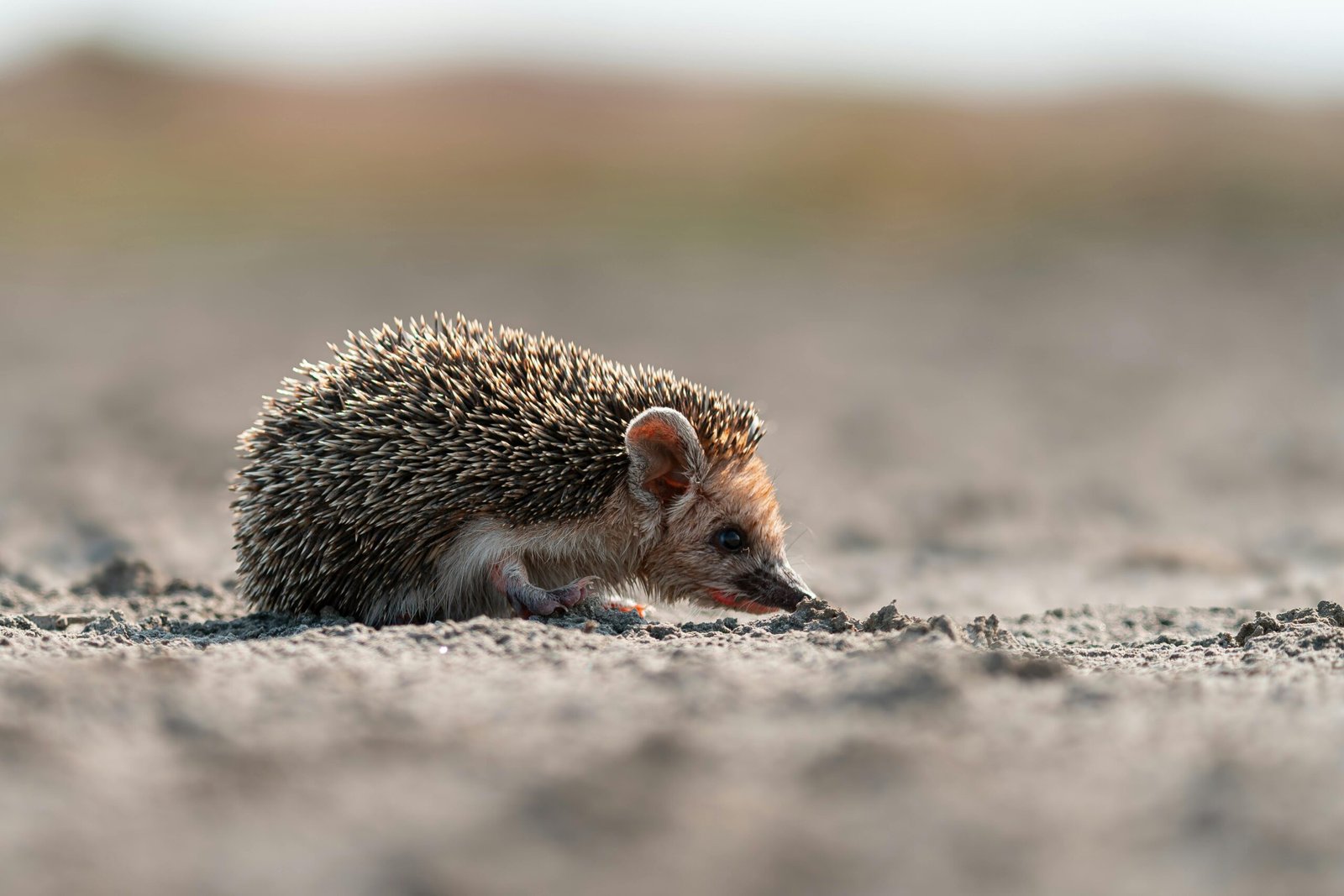
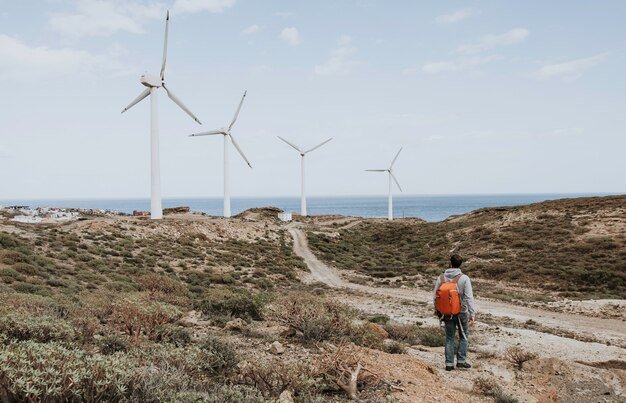
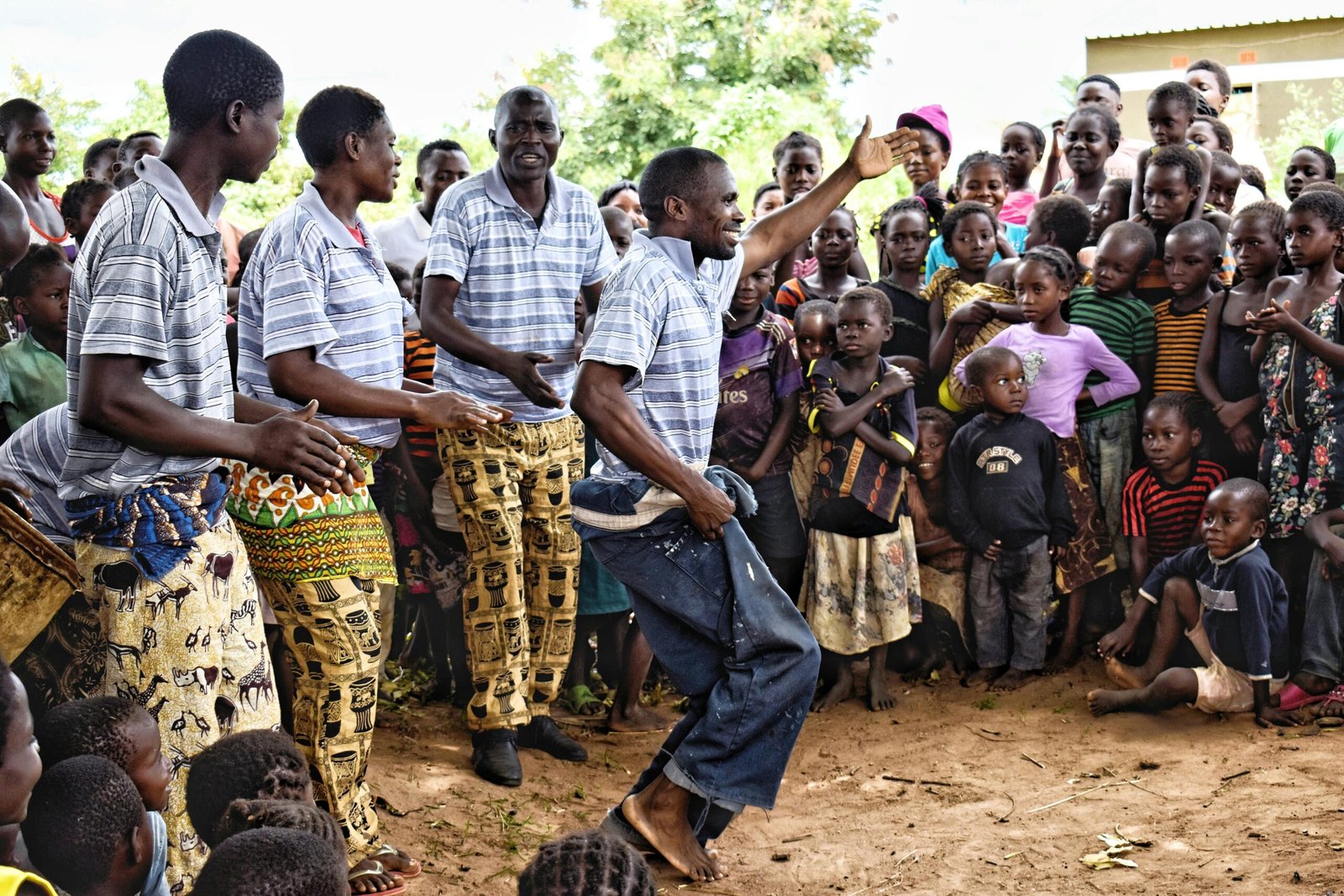
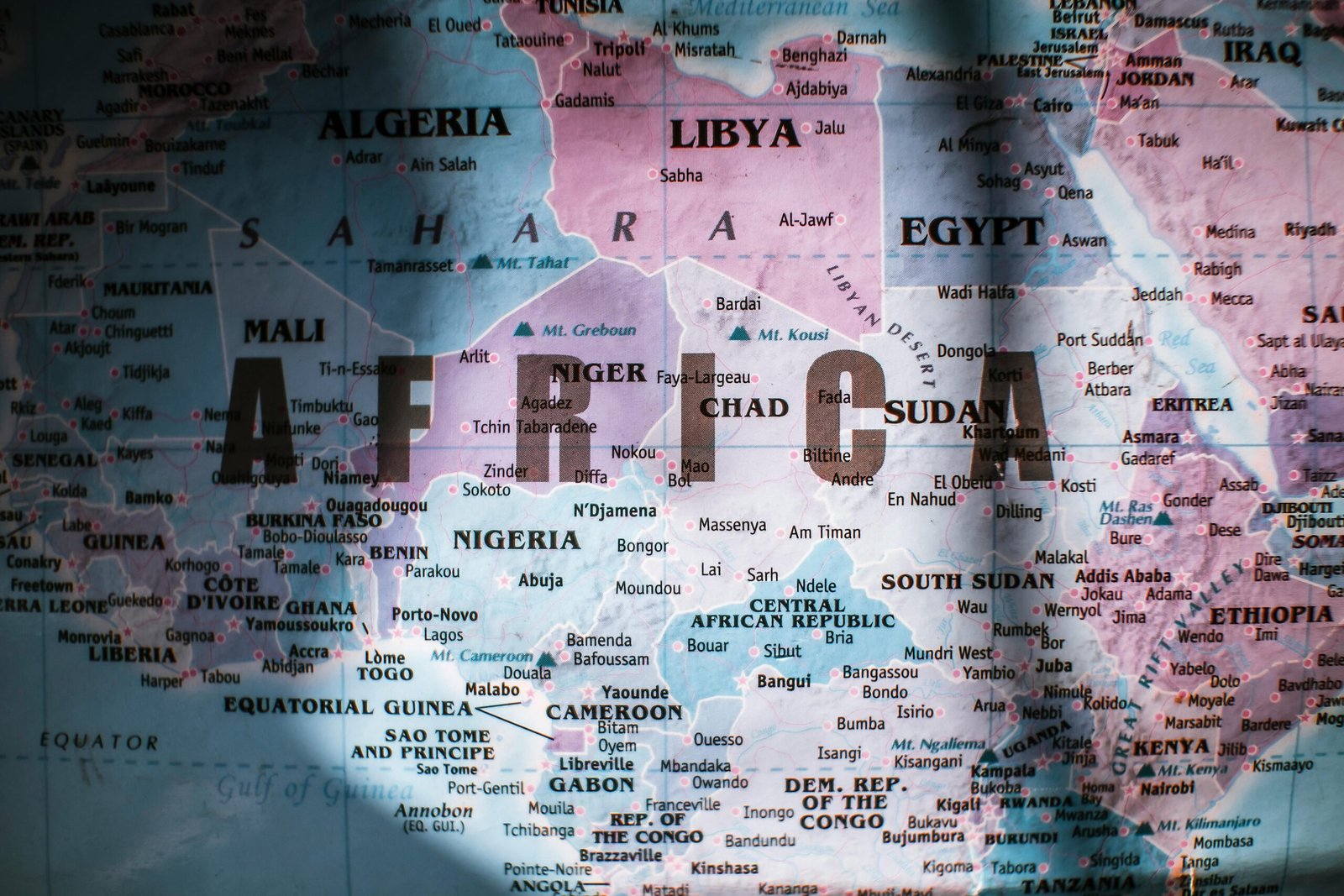
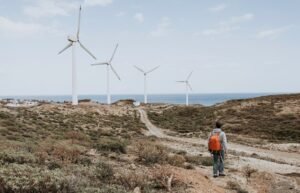
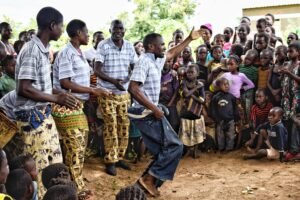
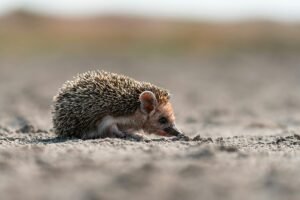
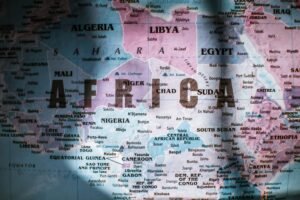
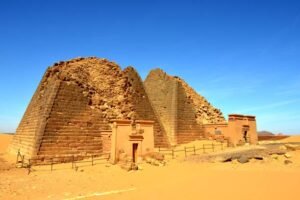
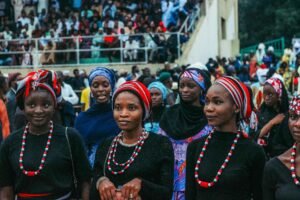
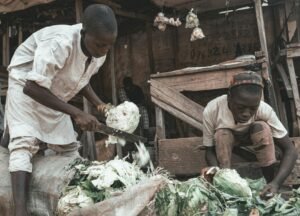
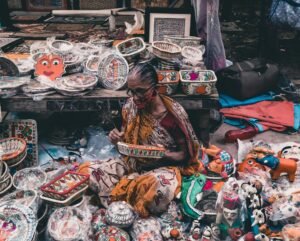
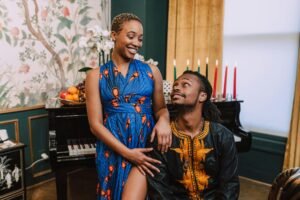
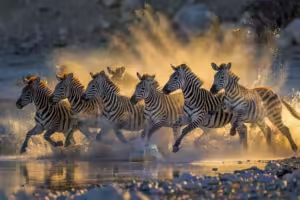
Publicar comentário